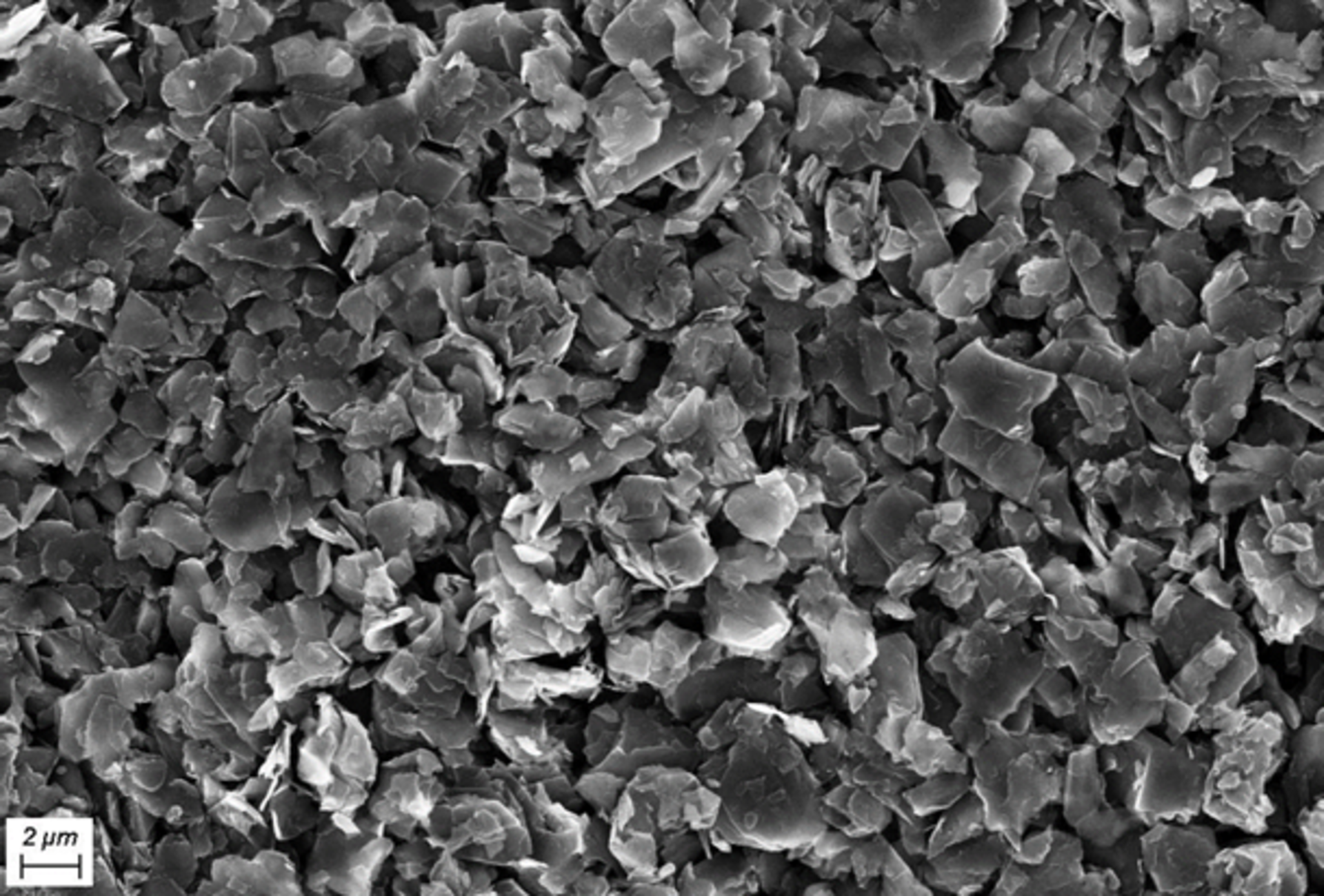Graphene-based systems for enhanced energy storage
Since its discovery, it has become clear that graphene is incredibly valuable, whether that is because its strength rivals diamond or because its conductivity and thermal properties are superior to anything else we might use. A magic material, graphene can help in every field but in particular, it’s very interesting for space applications, especially when it comes to energy storage. Building more efficient and longer-lived batteries is vital if we are going to continue to make technology more efficient, smaller and more cost-effective.
In 2018, a GSTP activity, with Greece, tested how feasible it might be to use graphene as a material electrode formulation to be used in lithium-ion battery, in the hope it would lead to significant improvements in energy, power and life cycles, as well as lower manufacturing costs.
Ultimately, the activity wanted to manufacture graphene based electrodes using commercially available materials. The new batteries would increase specific energy densities by using proven and simple manufacturing procedures that could easily be scaled-up.
Firstly, the activity reviewed existing technologies using graphene as a electrode and what graphene-based materials existed as well as whether or not the graphene could be used in any of the components that make up the two main categories of energy storage systems: batteries and super capacitors. Next, an analysis was conducted to see what worked best before the team set about developing new formulation to build the electrodes and to establish their production process.
The activity focused on developing the manufacturing process and electrodes formulation on a small scale, with an emphasis on the power, energy and cycle life with the aim of identifying the most reliable, sustainable and cost-effective electrode materials.
The activity led to the development of two products, a lithium battery anode with an energy density if 300-365 mAhg-1, which is up to 20% better than the currently available graphite electrodes. They also developed super capacitor electrodes that show a significant improvement from a maximum capacitance of 120 Fg-1 to 265 Fg-1.
However, the super capacitor cell’s graphene electrodes degraded extremely quickly, a result of which being that the cells were not able to undergo the full test campaign.
Despite this, by employing innovative manufacturing processes and material optimisation, the initially set objectives where achieved and graphene based electrodes that have clear performance advantages over existing commercially available ones were designed and developed.















 Germany
Germany
 Austria
Austria
 Belgium
Belgium
 Denmark
Denmark
 Spain
Spain
 Estonia
Estonia
 Finland
Finland
 France
France
 Greece
Greece
 Hungary
Hungary
 Ireland
Ireland
 Italy
Italy
 Luxembourg
Luxembourg
 Norway
Norway
 The Netherlands
The Netherlands
 Poland
Poland
 Portugal
Portugal
 Czechia
Czechia
 Romania
Romania
 United Kingdom
United Kingdom
 Slovenia
Slovenia
 Sweden
Sweden
 Switzerland
Switzerland


























